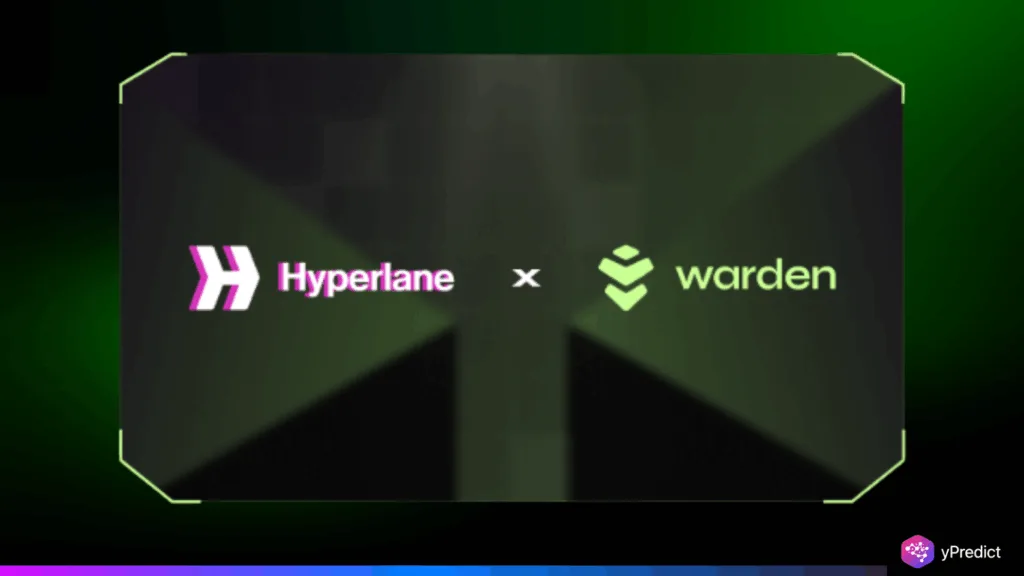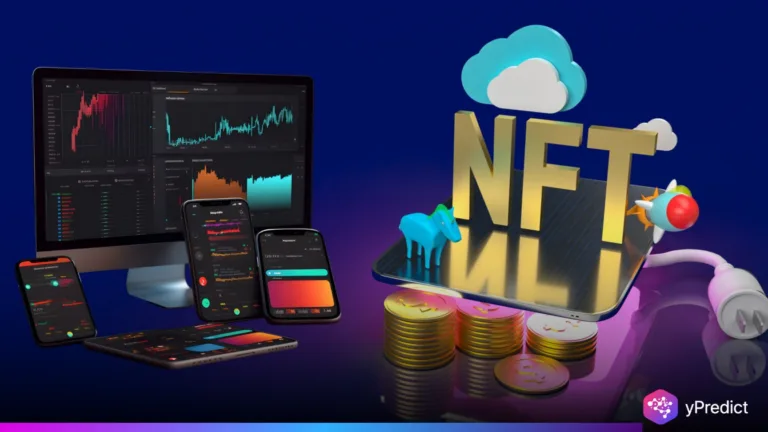
In a significant development for cross-chain AI capabilities, Warden Protocol teamed up with Hyperlane, a leader in interoperability, to bring its AI-Verifiable Records (AVRs) to over 100 blockchains. The partnership expands the capability for Web3 AI while allowing developers to deploy intelligent, auditable, and secure AI agents across ecosystems. The partnership will be focused on developing a seamless and secure automation layer for decentralized applications at a time when there is growing demand for AI-driven tooling in the crypto space.
AVRs to Reach Over 100 Chains
The heart of this partnership lies in scale. By integrating with Hyperlane’s modular and permissionless interoperability stack, Warden Protocol will make its AVRs compatible across more than 100 blockchains. This integration dramatically expands the accessibility of on-chain AI tools to developers who previously lacked cross-chain support.
Hyperlane’s infrastructure supports customizable security configurations, enabling Warden to maintain strict verifiability standards across every network it touches. The result is a fully decentralized AI framework where records, decisions, and outputs remain transparent, tamper-proof, and traceable across chains. For builders and users alike, this sets a new benchmark for Web3 AI scalability.
Developers Gain Cross-Chain Intelligence
With this integration, Warden Protocol unlocks a powerful toolkit for blockchain developers. For the first time, any developer deploying a significant blockchain can access Warden’s on-chain intelligence, which deploys AI agents, verifies their outputs, and executes transactions through automated secure protocols. Linking through Hyperlane, Warden’s infrastructure allows AI agents to act and verify data promptly & securely across different blockchains, facilitating real-time operations.
Whether a DeFi protocol uses AI to verify risk management practices or a DAO uses AI to manage governance practices, Warden’s toolset ensures that results are accurate and also verifiable. The cross-chain compatibility also means developers no longer face isolation when implementing AI. Instead, they can build and automate smarter apps that function fluidly within the evolving Web3 AI landscape.
Demand for Verifiable AI Surges in Web3
The Warden-Hyperlane partnership reflects a broader shift: the crypto industry’s growing demand for trustworthy AI systems. In just five weeks, Warden Protocol attracted over one million users, a sharp signal that secure, user-friendly AI in Web3 isn’t just a trend, it’s an expectation. Warden’s approach stands out by embedding verifiability into its AI model. Every decision or output generated by Warden agents undergoes cryptographic checks and consensus validation before execution.
This trust layer ensures no AI outcome is blindly accepted—each result is recorded and auditable. Given how concerned people are about fraud and potential AI hallucination risks, having Warden’s commitment to transparency allows users and developers to integrate AI more confidently into their platforms. This assurance could transform the evolution of DeFi tools built on AI-integrated blockchains as well as DAOs, identity protocols, and all the other projects we have yet to see.
Reshaping the Future of Intelligent Automation
The collaboration of Warden Protocol and Hyperlane gives us a means not only to bridge chains but also allows us to build a smarter, connected crypto ecosystem. Automation with security is a chance for us to get Web3 to the next stage, where AI agents are acting and automating without human intervention, but with the same blockchain-grade trust we have relied on.
This partnership of trust and verification also begins to take shape in developing interoperable AI tools: possibly running on multiple chains while providing verifiable and controlled tool usage. The trust element of the adoption of new applications of technology on a larger scale is the issue that we must resolve. Having a Warden security and assurance layer gives us a verifiable way to consider all the automation, ensuring this space remains viable to be productive at scale and cross-able without consequence.






